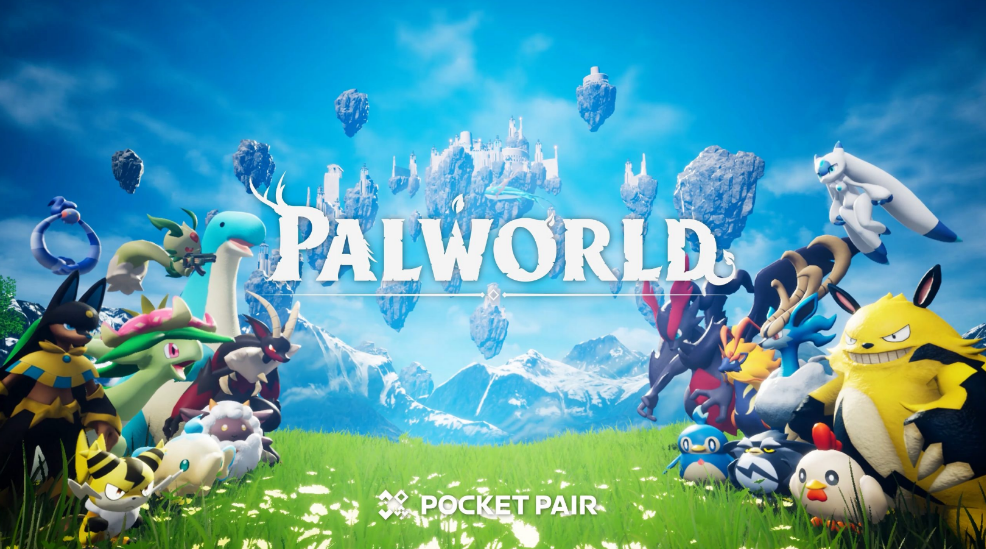
OpenAI GPT-3: Revolutionizing the Landscape of Artificial Intelligence
Introduction:
Artificial Intelligence (AI) has witnessed remarkable advancements over the years, enabling machines to perform complex tasks that were once considered exclusive to human intelligence. OpenAI GPT-3 (Generative Pre-trained Transformer 3) is a groundbreaking language model that has taken the field of AI by storm. In this article, we will delve into the intricacies of GPT-3, exploring its capabilities, applications, and potential impact on various industries.
What is GPT-3?
OpenAI GPT-3 is a state-of-the-art language generation model created by OpenAI, an artificial intelligence research lab. With a staggering 175 billion parameters, GPT-3 is the largest and most powerful language model ever built, surpassing its predecessor GPT-2 by a significant margin. It has been trained on a wide array of internet text data, allowing it to generate human-like text and comprehend diverse linguistic patterns.
Capabilities:
GPT-3 exhibits extraordinary language understanding and generation skills. It can complete sentences, paragraphs, and even entire articles based on a given prompt. The model's ability to generate coherent and contextually relevant text is astonishing, and it can mimic various writing styles with remarkable accuracy. GPT-3 also demonstrates an understanding of nuances, idioms, and subtle linguistic cues, making it adept at engaging in natural language conversations.
Applications:
1. Content Generation: GPT-3 can generate high-quality content for a range of purposes. It can craft persuasive marketing copy, write blog posts, create news articles, and even develop fictional stories. This has significant implications for content creators, as it can save time and effort in generating diverse and engaging content.
2. Language Translation: GPT-3 can provide accurate and contextually appropriate translations between a wide range of languages. This opens up avenues for seamless communication between speakers of different languages, boosting global collaboration and understanding.
3. Virtual Assistance: GPT-3's language understanding capabilities make it an ideal candidate for virtual assistants. It can interpret and respond to user queries, provide product recommendations, and even carry out tasks such as scheduling appointments or booking flights.
4. Code Generation: GPT-3 has shown promise in generating code snippets based on high-level instructions. This can greatly assist developers in programming and debugging, automating repetitive tasks, and accelerating software development.
5. Education and Research: GPT-3 can be utilized to answer questions, explain complex concepts, and provide comprehensive explanations in various academic disciplines. It may serve as a valuable tool for students, researchers, and educators alike.
Impact on Society:
The advent of GPT-3 has the potential to revolutionize multiple industries and shape the future of AI. It can streamline tedious tasks, allow for creative collaboration, and enhance problem-solving capabilities. However, the ethical implications of such advanced AI models cannot be ignored. Concerns regarding data privacy, bias in generated content, and the potential for malicious use have emerged.
GPT-3's immense size and computational requirements also pose challenges, limiting accessibility to organizations with substantial computing power. Additionally, as the model is trained on internet data, it may inadvertently reflect and amplify biases present in society, necessitating careful monitoring and mitigation.
Future Prospects:
While GPT-3 represents a significant milestone in AI development, it is important to recognize that it is not perfect. The model still struggles with generating consistent and contextually appropriate responses in certain scenarios. OpenAI and other researchers are continually working to address these limitations and improve model performance.
Looking ahead, advancements in AI, fueled by models like GPT-3, hold the promise of transforming industries, enhancing productivity, and driving innovation. However, responsible deployment and regulation will be key to ensuring that these technologies benefit society as a whole.
Conclusion:
OpenAI GPT-3 is a groundbreaking language model that has redefined the capabilities of AI in terms of language generation and comprehension. With its impressive capacity, the model has already demonstrated its potential across multiple domains, from content generation to code development. While the implications of GPT-3 are vast, it is crucial to approach its deployment ethically and responsibly. With ongoing advancements and improvements, GPT-3 is poised to revolutionize the landscape of AI, ushering in a new era of intelligent machines that can understand and communicate with humans in ways previously unimaginable.
如果你喜欢我们的文章,欢迎您分享或收藏为众码农的文章! 我们网站的目标是帮助每一个对编程和网站建设以及各类acg,galgame,SLG游戏感兴趣的人,无论他们的水平和经验如何。我们相信,只要有热情和毅力,任何人都可以成为一个优秀的程序员。欢迎你加入我们,开始你的美妙旅程!www.weizhongchou.cn


![韩国jinricp直播大合集[免费网盘下载]](https://m.weizhongchou.cn/uploads/20240316/b9440bc62395d85b21ebe7ec396c2ce6.png)
![在线韩国直播视频学习网站-PanTV[免费认证账号密码]](https://m.weizhongchou.cn/uploads/20240411/8f4cf550a832003993779c765319470f.png)
发表评论 取消回复